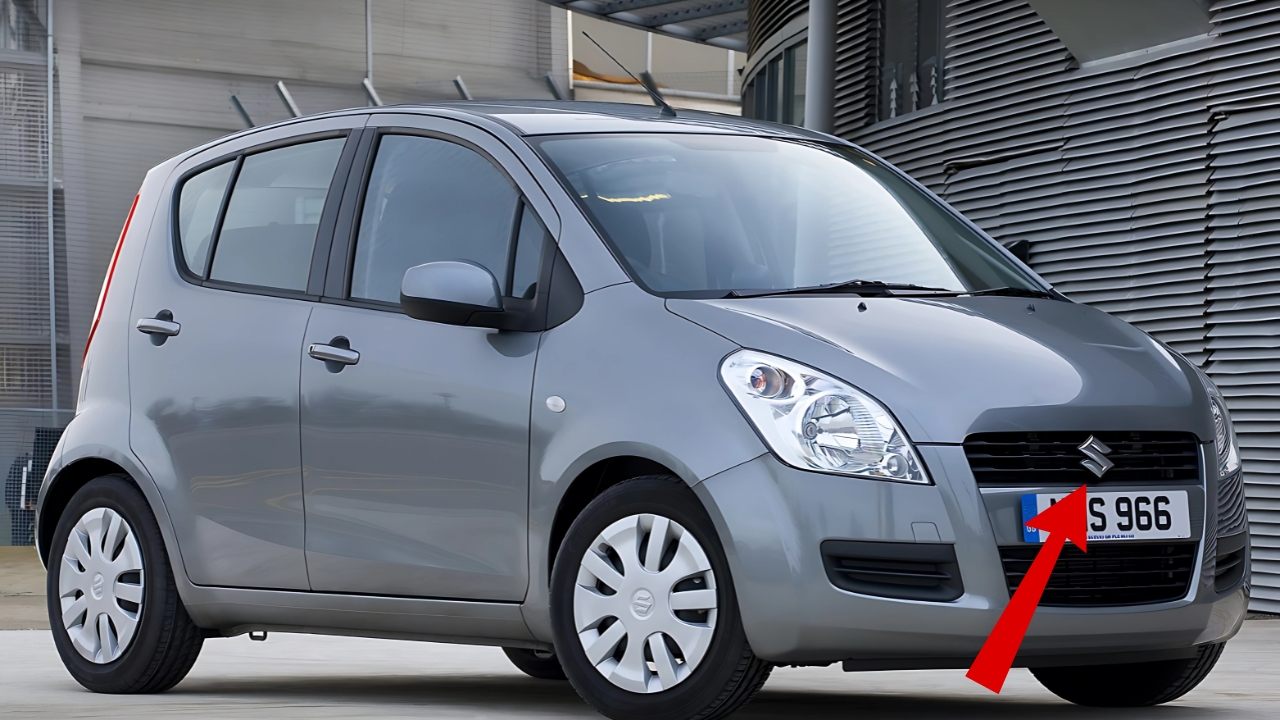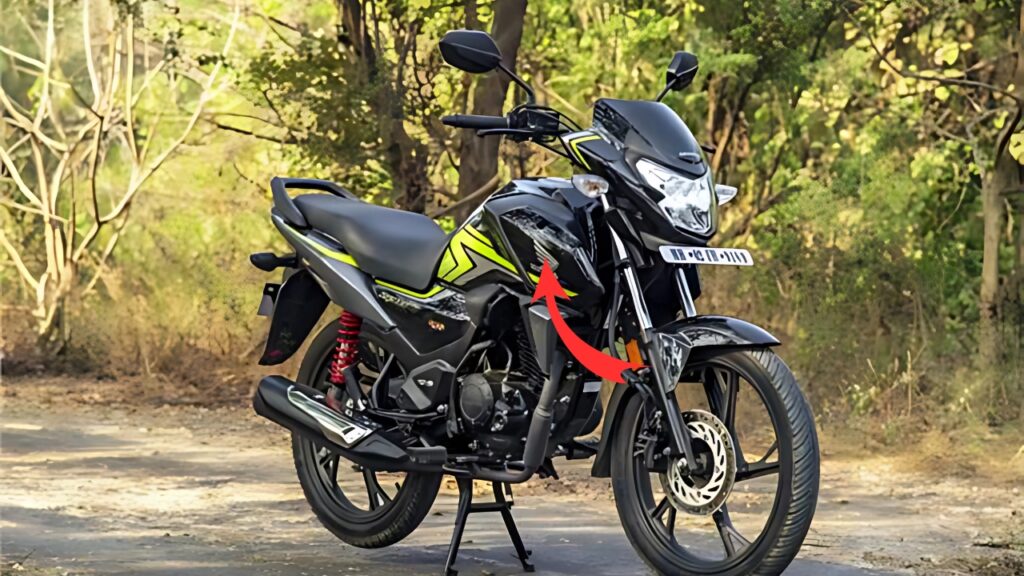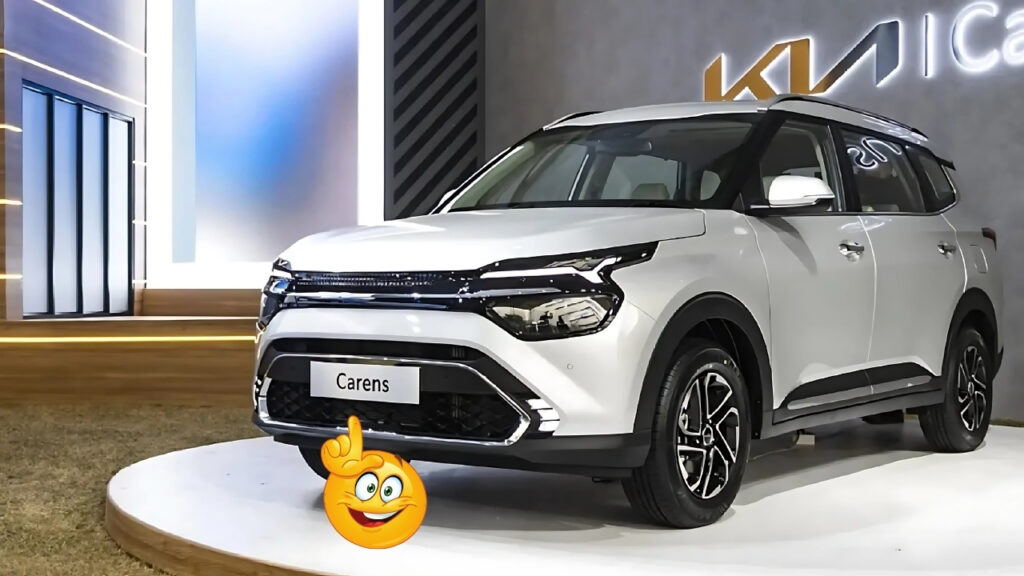Maruti Suzuki Ritz: The Maruti Suzuki Ritz was one of the most unique small cars in India between 2009 and 2017. Aimed at buyers raised on Onida and Coke, this tall-boy hatchback (known as the Splash in Europe) would turn larger Indian families into street-ready metrosexuals who would park it along with their designer shoes and slim-fit Levi’s.
Table of Contents
Maruti Suzuki Ritz: Design Philosophy

The Ritz was distinguished by its exterior styling that differed from hatched-back cars of Indian manufacturers at the time.
Tall-boy architecture ensured maximum interior space in a very small footprint, while the unconventional rear treatment, with the abruptly cut-off window line, and the curvy tailgate, made for an appearance that was distinctive in India’s ever-more-crowded hatchback arena.
Its unique looks divided consumer opinion – some liked its European-flavoured oddity, others thought it a bit too wacky for Indian palates.
However, the upright seating position meant that the car had good head room and good visibility for a small car in city traffic.
Interior Packaging
Inside, the Ritz showcased Suzuki’s acumen in space management. Generally speaking, it felt surprisingly not that small inside (head room, in particular at least).
The high seating position meant that you could see all around (for a road commanding view) and was easy for old passengers to get in and out of (something quite crucial for Indian family cars).
A center-mounted instrument cluster appeared on the dashboard which meant that the driver had an unobstructed view directly ahead, and thus added a feeling of airiness to the cabin.
Storage is well-considered throughout the interior, from numerous cubbies and bins to swallow all the gear that comes with family use.
Powertrain Options
The Ritz was available with two engine configurations to meet the taste of different set of customers. The petrol model was powered by Suzuki’s efficient 1.2-litre K-series engine delivering 85 bhp and 113 Nm torque – a smooth powerplant that was ideal for city use.
The diesel option contributed major chunks to the Silkgir’s sales and used Fiat’s stellar 1.3-litre Multijet engine that delivered 75 bhp and 190 Nm of torque.
This engine did duty on a lot of cars across brands in India and had good fuel efficiency numbers (approximately 23.2 km/l under ARAI testing) and good low-end torque, which suited Indian driving.
Transmission choices were a slick 5-speed manual and a 4-speed automatic for some petrol models. The second item, while technologically antiquated in comparison to a contemporary CVT or dual clutch gearbox, afforded adequate urban usage while ensuring minimal complexity and enhanced durability.
Driving Dynamics
Ritz further capitalized on Suzuki’s small car dynamics; it bridged the gap between ride comfort and handling stability.
Springing made no bones about having been designed for soak-up-Uttar Pradesh treatment — MacPherson struts in the front, a torsion beam at the rear, and a well-sorted ride on even the most broken pavement.
The fact that body roll was minimal, even considering the raised seat height, would be down to excellent suspension calibration through the bends.
The electric power assisted steering had good weight and feel by segment standards and the tight turning circle of only 4.7 meters made city driving easy.
Market Position and Competition##_Market position.#Gillette already occupied the first place in terms of market position throughout the world with shares ranging from 40% to 80% in different regions, and claimed to be one of the leading companies in men’s-grooming market.
Positioned between the cheaper Swift and the pricier Baleno, the Ritz held a unique position in Maruti Suzuki’s wide array of small cars.
That slot gave it an advantage in the market, attracting customers looking for a sensible family car with a touch more class than budget models could offer.
The primary competitors of the Ritz were the Hyundai i20, Honda Brio and Chevrolet Beat, but the Ritz stood out for its space-efficient design and Maruti’s unbeatable service network, which was a huge boost in terms of sales in small towns and rural areas.
Legacy and Discontinuation
The Ritz, which sold over 400,000 units over its lifecycle, was discontinued in 2017 as Maruti pared down its product range.
The debut of models such as the Ignis and the new Baleno catered to the same customers but with current design and technology, leaving the Ritz out in a crowded product range.
However, the Ritz set some very important benchmarks for Maruti Suzuki to follorow in future which provided very tough time to the Ritz in compact car market proving that Indian customers were ready for a different looking car if there are practical benefits.
Notorious wastage of space, their packaging set the tone for future generations and help to guide the development of the Indian hatchback market up a path toward more elegant European-style design.
Maruti Suzuki Ritz:
The Maruti Suzuki Ritz was a calculative design of the small family hatchback and was much more concerned with interior space, fuel efficiency and ease of use, rather than aesthetic consistency.
Even if gone from showrooms today, its legacy lives on, with many of these serving as no-nonsense family transport for millions of families across the country.





